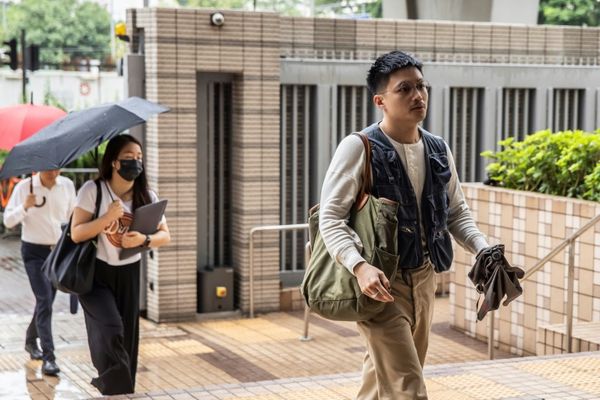
Body cameras attached to more than 150 children have captured the “shameful” extent of child poverty in New Zealand through a child’s eye in a world-first study.
The University of Otago-led study, published in the New Zealand Medical Journal, involved 168 randomly selected 11- to 13-year-olds from across 16 Wellington schools wearing automatic cameras for four days. The cameras took a photo every seven seconds of the child’s day outside school hours and during the weekend.
“[The children] are wearing them all the time, so they just got on with their lives,” said Louise Signal, a senior author of the study and professor in public health. “They played ball, you could see what they’re eating, where they are going.”
The photos also captured the state of the child’s housing, what was in their fridge and cupboards, how likely they were to have private space and whether they were exposed to harms such as gambling, drinking or mouldy rooms.
It is the first study using cameras attached to children “to really show the lived reality of poverty from a child’s perspective”, Signal said. Spin-off studies have also come from the camera data, including a look into the exposure children have to junk food and branding.
Researchers compared images captured by children living in the lowest to highest levels of deprivation.
They found that children from more deprived households had less healthy food available to them, fewer educational resources, lacked access to technology or quiet spaces to do homework, often lived in mouldy and overcrowded houses, had fewer opportunities to engage in structured physical activity and were more likely to be exposed to harms such as alcohol.
“It’s heartbreaking and it’s shameful,” Signal said. “There’s no excuse for a country of our wealth.
“We’ve always said we’re a great country to grow up in, but only for some children.”
The study was conducted in 2014, with the results compiled and released this week.
Reducing child poverty is one of the signature issues of the prime minister, Jacinda Ardern. In her newly created role as minister for child poverty reduction, she introduced legislation in 2018 that set out to create political accountability for reduction targets.
The measures of child poverty are beginning to trend downwards, according to Stats NZ, but roughly 150,400 children live in severe income poverty, while another nearly 600,000 are either living in after-housing costs poverty or income poverty. Stark disparities for Māori and Pasifika children remain – one in five Māori children live in material hardship and one in four Pasifika.
Since the study’s data was collected, the government has made some improvements to housing, benefit levels and a cost-of-living payment to low-income earners, Signal said. “Yet the issue of child poverty remains in Aotearoa, damaging the health and wellbeing of our children.
“We’re hoping that by sharing the children’s lives … that it maybe could motivate adults to really bite the bullet and deal with it. We’re not going to get a flourishing society if we don’t care for our children.”







